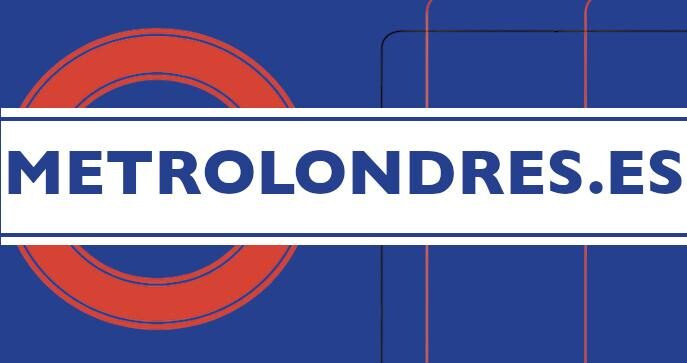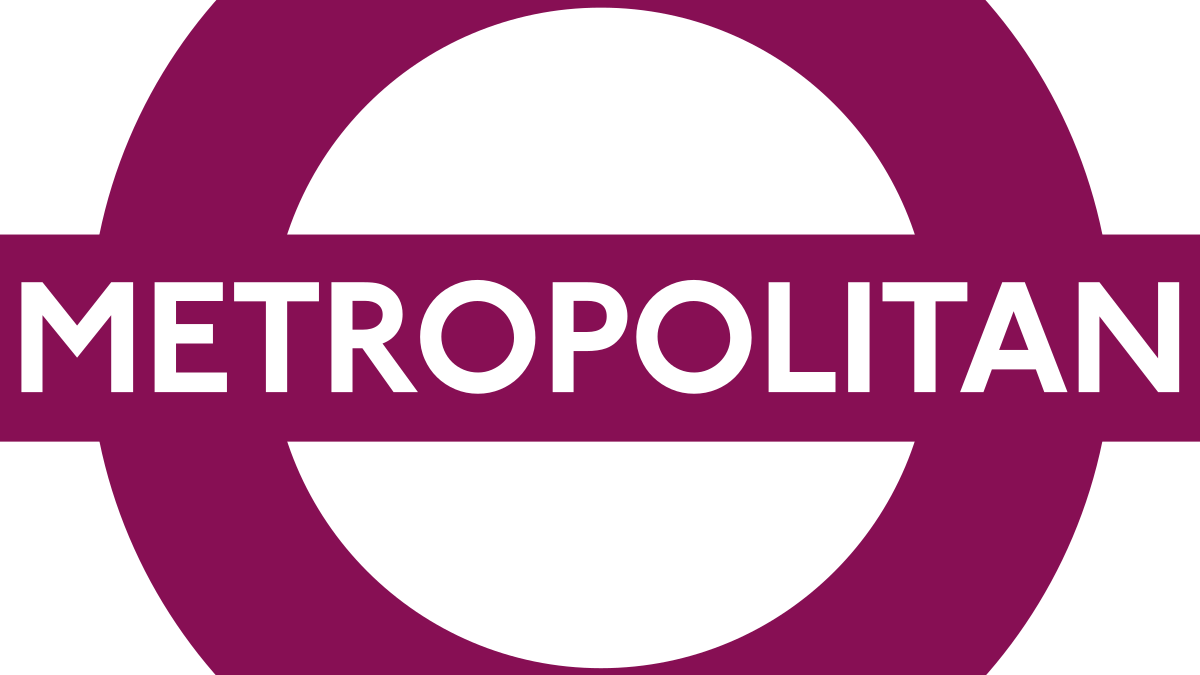The Metropolitan line is the purple line of the London Underground and is notable for being one of the oldest and fastest lines in the network.

Nearly twenty years after Charles Pearson proposed the idea of an underground railway system in London, the initial stretch of the Metropolitan Railway opened in January 1863, connecting Paddington to Farringdon.
This was the first section of the London Underground and the first metro system in the world. Today, the Metropolitan line connects central London with the suburban areas of Buckinghamshire, stretching from Aldgate in the east to Amersham and Chesham in the northwest, with a branch towards Uxbridge.
Unlike other London Underground lines, the Metropolitan line resembles a standard train more closely, as most of its 66.7 kilometers of track run above ground. This allows trains to reach higher speeds compared to other underground lines.
Stations on the Metropolitan Line
The Metropolitan line has a total of 34 stations, divided into a main route and a branch towards Uxbridge. The stations on each route are listed below:
- Main Route: From east to west: Aldgate, Liverpool Street, Moorgate, Barbican, Farringdon, King’s Cross – St. Pancras, Euston Square, Great Portland Street, Baker Street, Finchley Road, Wembley Park, Preston Road, Northwick Park, Harrow-on-the-Hill, North Harrow, Pinner, Northwood Hills, Northwood, Moor Park, Croxley, Watford, Rickmansworth, Chorleywood, Chalfont & Latimer, Chesham, Amersham
- Uxbridge Branch: West Harrow, Rayners Lane, Eastcote, Ruislip Manor, Ruislip, Ickenham, Hillingdon, Uxbridge
Map and Route of the Metropolitan Line

Metropolitan Line Operating Hours
The Metropolitan line operates extensively to meet the needs of passengers both on weekdays and weekends.
From Monday to Saturday, trains run from 5:00 am to 12:00 am, depending on the station. On Sundays, the service is slightly reduced, operating from 7:00 am to 11:30 pm.
For specific first and last train times at each station, you can check the official London Underground website.
Interesting Facts About the Metropolitan Line
The Metropolitan line is famous for being the world’s first metro line, inaugurated in June 1863. This marked the beginning of urban underground transportation, an innovation that would revolutionize mobility in major cities.
Another interesting fact is that the Metropolitan line is the fastest line in the London Underground, with trains reaching speeds of up to 113 km/h in some sections. However, the maximum speed allowed for safety reasons is 80 km/h.
In terms of usage, the Metropolitan line ranks ninth among the London Underground lines, with nearly 70 million journeys annually. Despite not being the busiest line, its role in connecting central London with the peripheral areas is crucial.
In the autumn, the Metropolitan line adjusts its schedule to account for the falling leaves from trees, which can affect train adhesion to the tracks. This seasonal adjustment demonstrates attention to detail and a commitment to safety in metro operations.
The Metropolitan line also has a fascinating history in terms of station architecture. Many of its stations, especially in the western section, feature Victorian and Edwardian-era architectural designs, adding a unique historical character to daily commutes.
With its combination of history, speed, and scenic route through parts of Greater London and Buckinghamshire, the Metropolitan line remains a vital part of London’s transport system.

